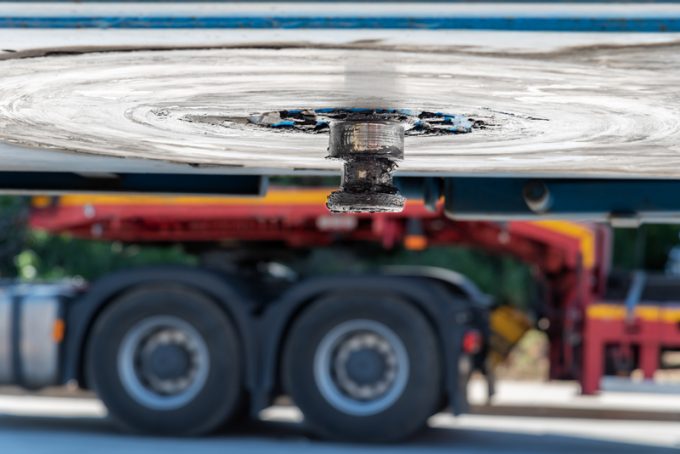Congestion at box ports still plaguing Europe's inland waterways
Worsening weather can wreak havoc on inland container networks across northern Europe, leading to surcharges, ...

Safety of trucks on the highway is of paramount concern for the transport industry, impacting not only the lives of drivers but also all road users. It is imperative that industry stakeholders prioritise and uphold stringent safety measures. Drawing on his fifteen plus years of experience in the industry, TT Club’s Josh Finch delves into one aspect of truck safety that he’s seen cause injury time and again: unplanned uncoupling.
An unplanned uncoupling incident refers to the sudden and unanticipated separation ...
European port congestion now at five-to-six days, and getting worse
Keep our news independent, by supporting The Loadstar
'Cargo collision' expected as transpacific capacity tightens and rates rise
Houthis declare blockade of port of Haifa – 'vessels calling will be targets'
Another CMA CGM vessel heading for Suez Canal – 'to mitigate schedule delay'
Ocean rates rise after tariff pause acts as 'starting gun' for more front-loading
News in Brief Podcast | Week 20 | 90-day countdown, India and Pakistan
Navigating supply chain trends in 2025: efficiency, visibility, and adaptability
Demand for transpac airfreight capacity returning – but 'it's not ecommerce-driven'
CMA CGM will carry on investing after 'solid' Q1, despite unclear outlook
Air cargo forwarders stick to spot rates – a long-term contract would be 'foolish'
Yang Ming chief announces rethink on ordering 'megamax' box ships

Comment on this article